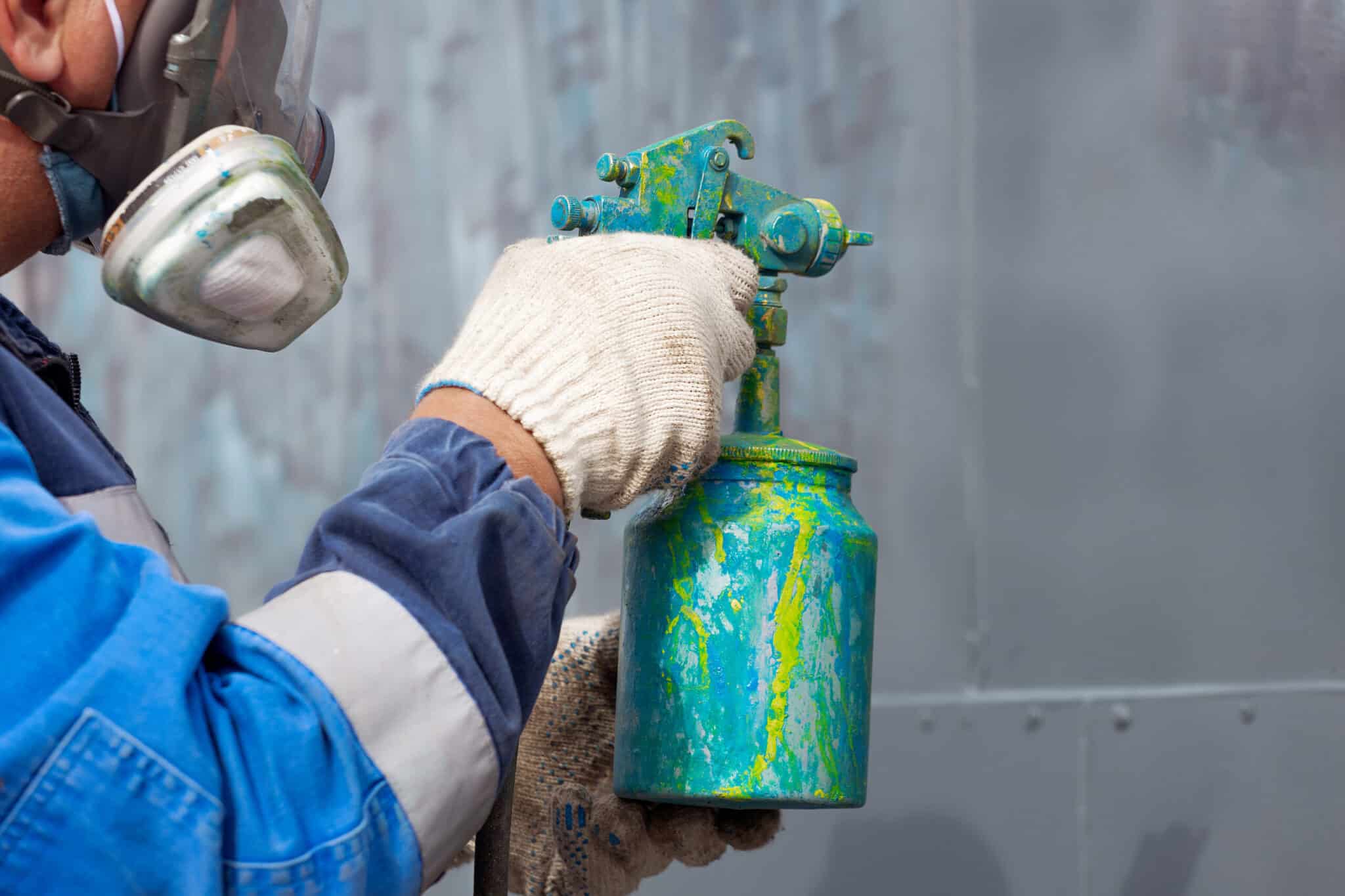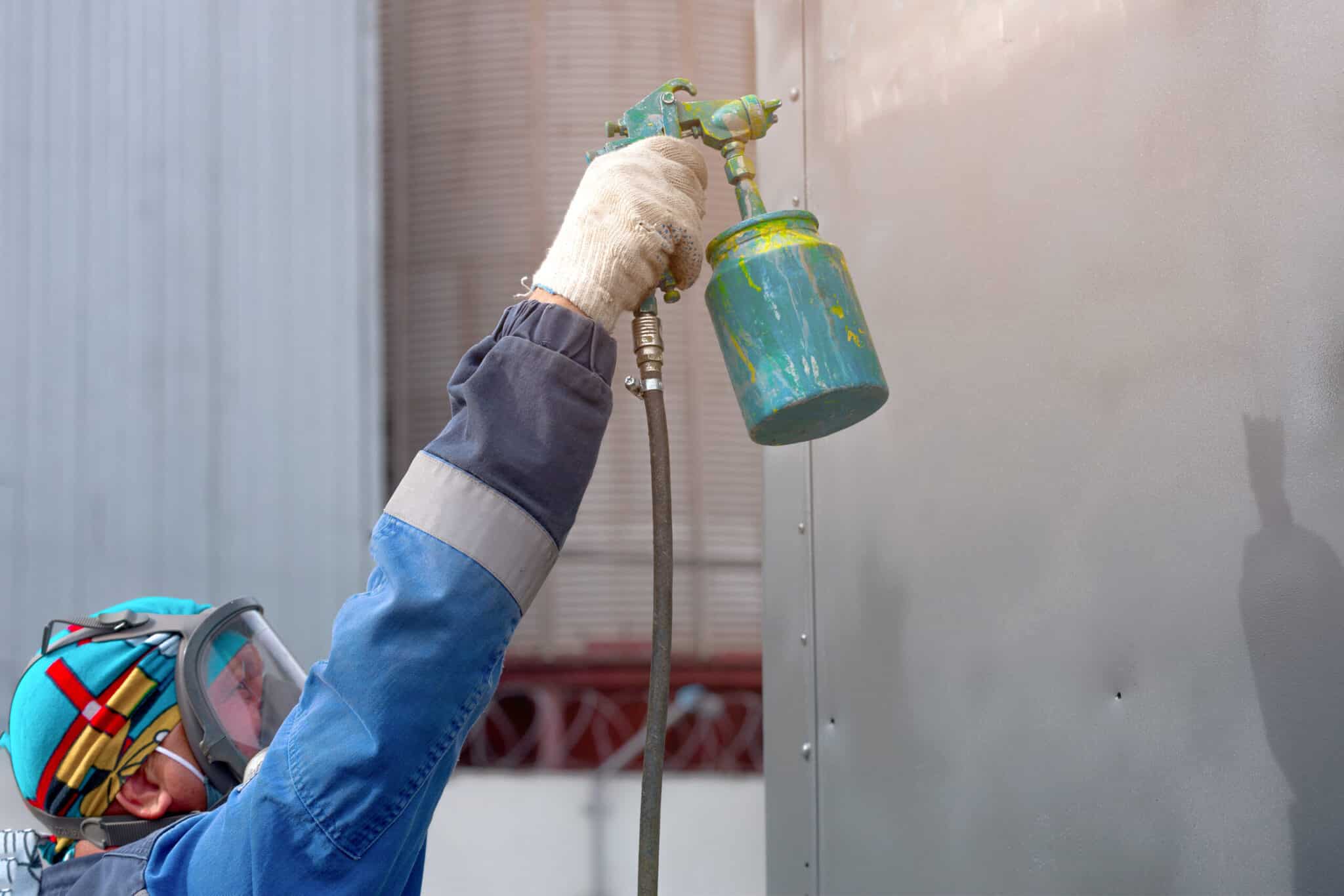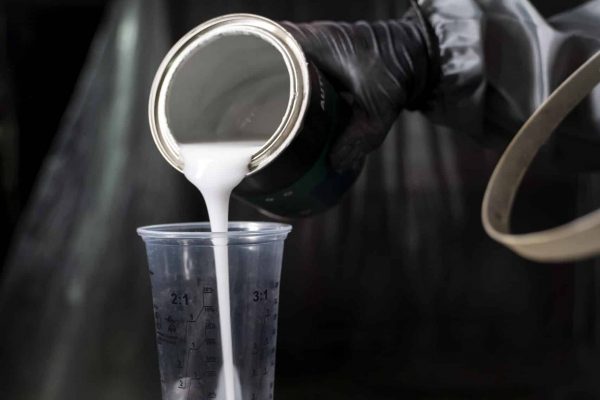Industrial Contract Manufacturing Group (ICMG) is committed to being the best powder coating service provider for businesses. Our team has years of experience in the industry, and we use state-of-the-art equipment and specialists in the process for coating metal parts of all kinds.


This industrial process is reserved for professional, commercial and industrial uses because of its complexity and the expertise and equipment required. Electrostatic paint can be applied to large formats of metal parts, as well as large quantities, and iswidely used in a variety of industries, including automotive, architecture/building, and appliances. It is used among others in the following contexts:
Powder coating has gained popularity in the automotive industry because of its speedy production times, low operating costs, and low impact on the environment. It is applied to wheels, grilles, bumpers, door handles, roof racks, interior and exterior trim, and car, van, and pickup truck bodies as a clear coat and as a primer.
Powder coating is a finishing technique that may be used on both indoor and outdoor metal objects. It may be customized with various colors and textures to improve the overall look and is long-lasting. Powder coating finishes are used on aluminum extrusions that are used in the frames of windows, doors, and modular furniture in the architecture and building market. It is also used on light poles, railings, signs, posts, and fencing in highway and building projects.
With years of powder coating experience, professional powder coating services can complete projects of any scale, from modest decorative objects to huge architectural structures like steel beams, gates, signs, facades, and staircases.
Powder coating companies help protect agricultural equipment during the manufacturing process. This powder coat finish protects combines and other agricultural equipment from damages.
Lighting fixtures, antennas, electrical components, farm equipment, golf clubs and carts, ski poles and bindings, snowmobiles, bicycles, exercise equipment, display racks, shelves, store fixtures, vending machines, metal furniture, computer cabinets, desk accessories, baby strollers, cribs, metal toys, wagons, lawn mowers, snow blowers, barbecue grills, patio furniture, garden tools, bathroom scales, tool boxes, and fire extinguishers are all examples of everyday products that can benefit from powder It is anticipated that the use of powder coating will continue to grow in the future.
Liquid metal paint is used for all types of parts that include elements involving welding and mechanical applications. It can also be used when several coats are applied to prevent metal corrosion. It offers high precision, requires limited pre-treatment of the surface and quality finish.


An interesting compromise for good resistance to UV and corrosion and harsh climatic conditions.
The main properties of this type of powder coating are its resistance and flexibility. Its high resistance to ultraviolet rays reduces the risk of discoloration due to sunlight and its durability in the face of various climatic conditions makes it suitable for outdoor use on fences, outdoor furniture and agricultural equipment, among others. It is an excellent choice for indoors and outdoors.

Powder coating offers many advantages over traditional liquid paint. It is more durable, cost-effective, and environmentally friendly than liquid paint. The electrostatic process ensures that the powder adheres to the surface evenly and completely, resulting in a smooth finish with no drips or runs. Additionally, powder coating does not require a primer coat or a topcoat, which saves time and money. Here are the main advantages of choosing powder coating services:
As it does not involve the use of any solvent, it is an environmentally friendly process in comparison to other coating application methods. Its LEED approval makes it a method of choice for use in architecture and building design. The powder coating is also ROHS compliant, limiting its impact on public health and the environment, and is VOC-free.
Additionally, since the majority of powder coating overspray that does not stick to the item can be recovered and reused, the waste often created by liquid finishing procedures is all but eliminated. Although not always feasible for low-volume production, this illustrates how environmentally friendly powder coating is.
Single-coat and requiring no drying time, electrostatic paint coating is a fast method that makes it possible to produce large quantities and meet tight deadlines, especially in large-scale industrial and commercial mandates.
Powder coating is a coating method that offers a wide choice of finishes, textures and thousands of colors. It therefore ensures great control over the aesthetics and design of the finished products, ensuring customer satisfaction, an efficient powder coating process and long-lasting finish on all products or equipment.
Most industrial environments are harsh and require equipment and structures to be efficiently protected for as long as possible. Powder coating is a perfect candidate for your industrial needs, both by its quality and durability. A coat of powdered paint will last longer than other options, withstanding the test of time and protecting your physical assets for many years before needing to be replaced thanks to powder coating’s exceptional durability.
Powder coated products are known for its resistance to weather, corrosion, chemicals, and up to 20 years of protection for a wide range of products, whether steel or others, when applied by trained professionals.
This is the most important step since it is a crucial factor determining the uniformity and durability of the coating following its application. The preparation of the room can be done in many ways:
The chosen mechanical operation will expose the metal to make it suitable for the powder paint coating. Another option available is chemical preparation of metal surfaces. To ensure the quality of the final result, a pre-treatment by chemical soaking is then carried out in 5 phases with zinc phosphate.
ISO 9001-2008;
Canada – Controlled Goods Program;
UL;
AAMA-2605;
By requesting the paint application subcontracting services of the Industrial Contract Manufacturing Group, you are opting for a complete process. You also select an integrated approach where your interests are put first, and one of these is the profitability of your project.
Supporting manufacturing companies on a daily basis in their activities, the Industrial Contract Manufacturing Group offers its customers a global solution in industrial or manufacturing subcontracting. Recognized for our expertise in multiple fields, we are your single point of contact for all your needs in terms of processing manufacturing materials (rubber, wood, metal or plastic), surface treatment,